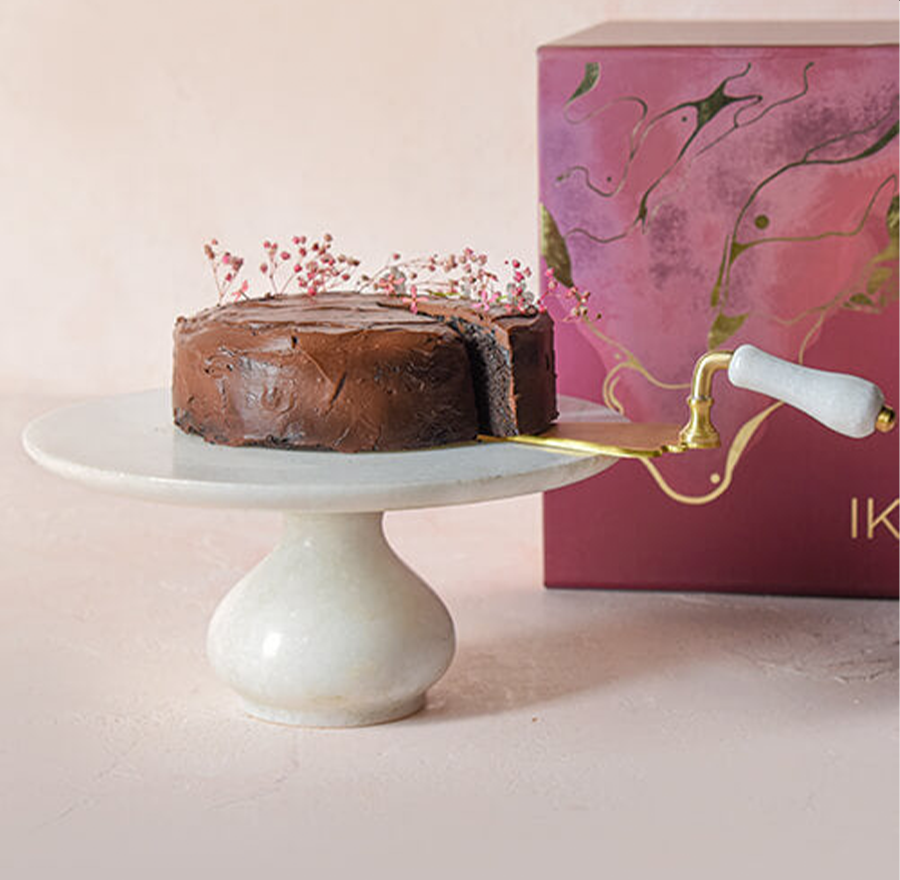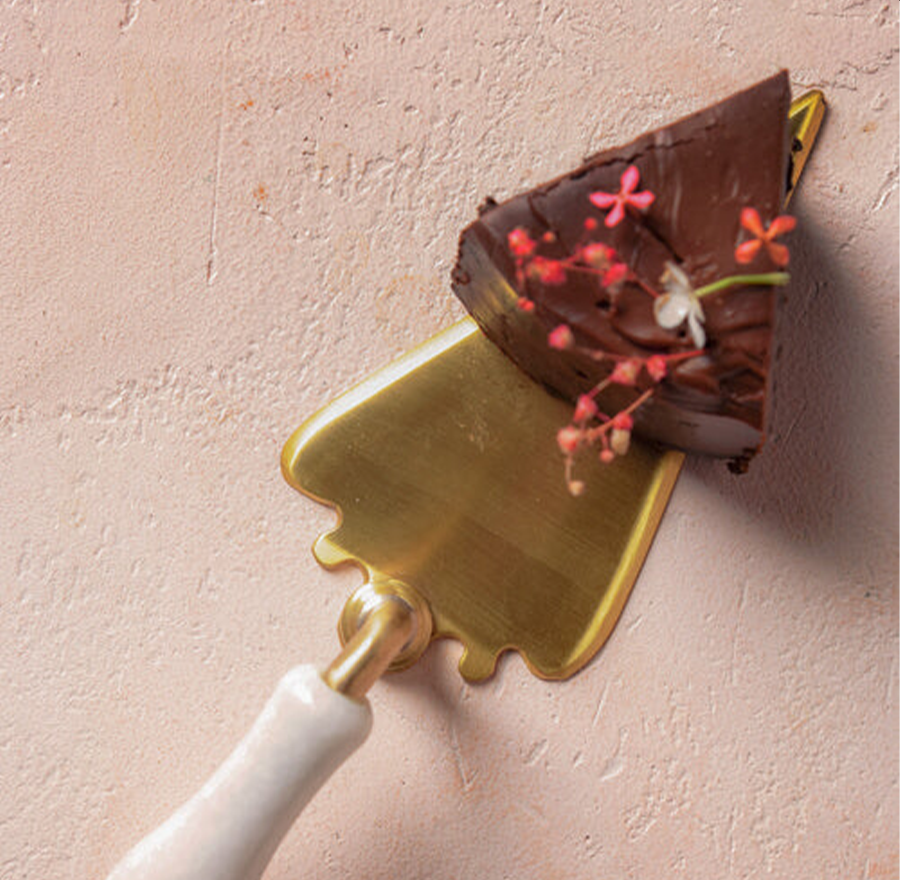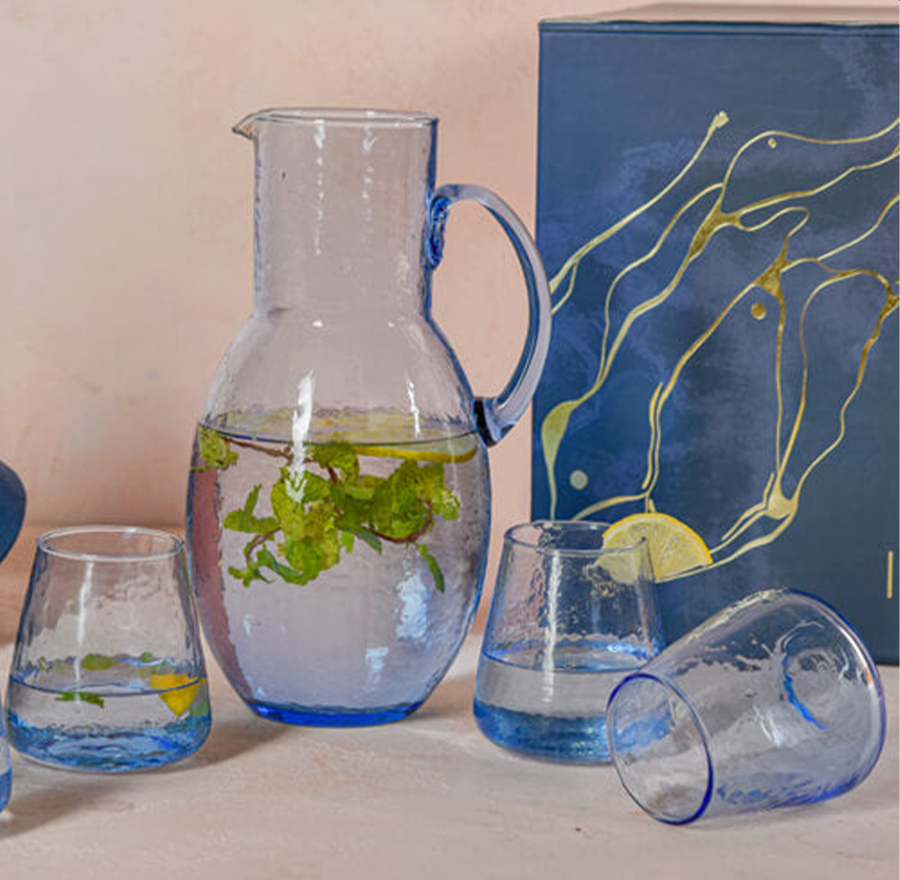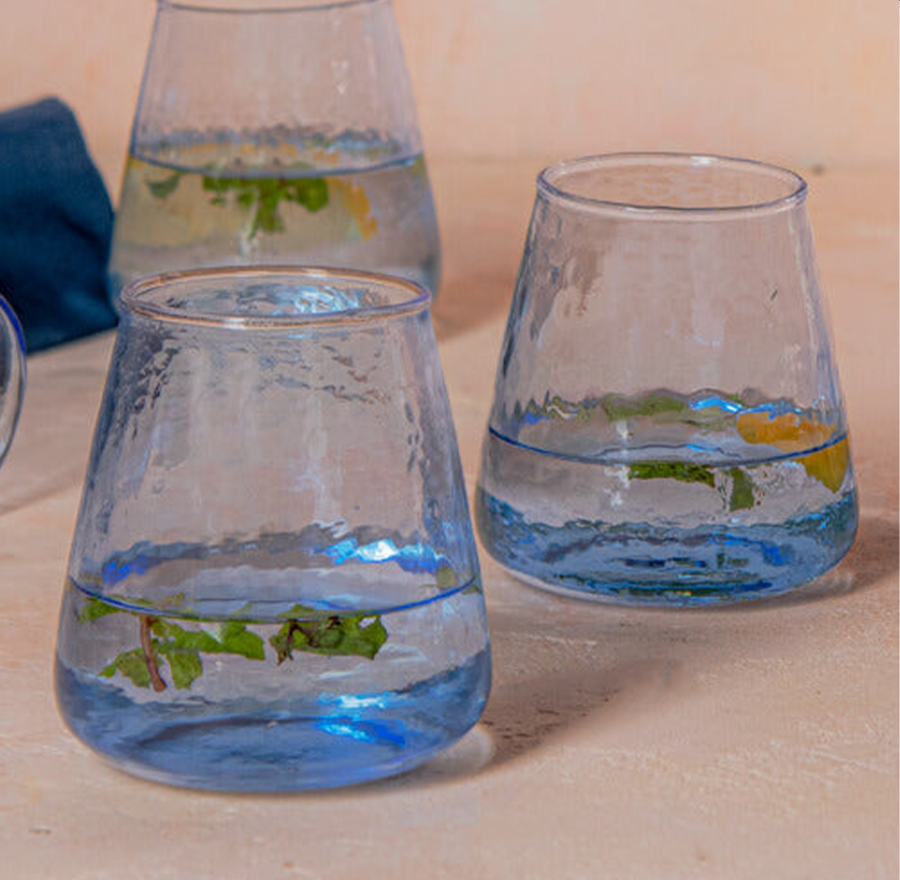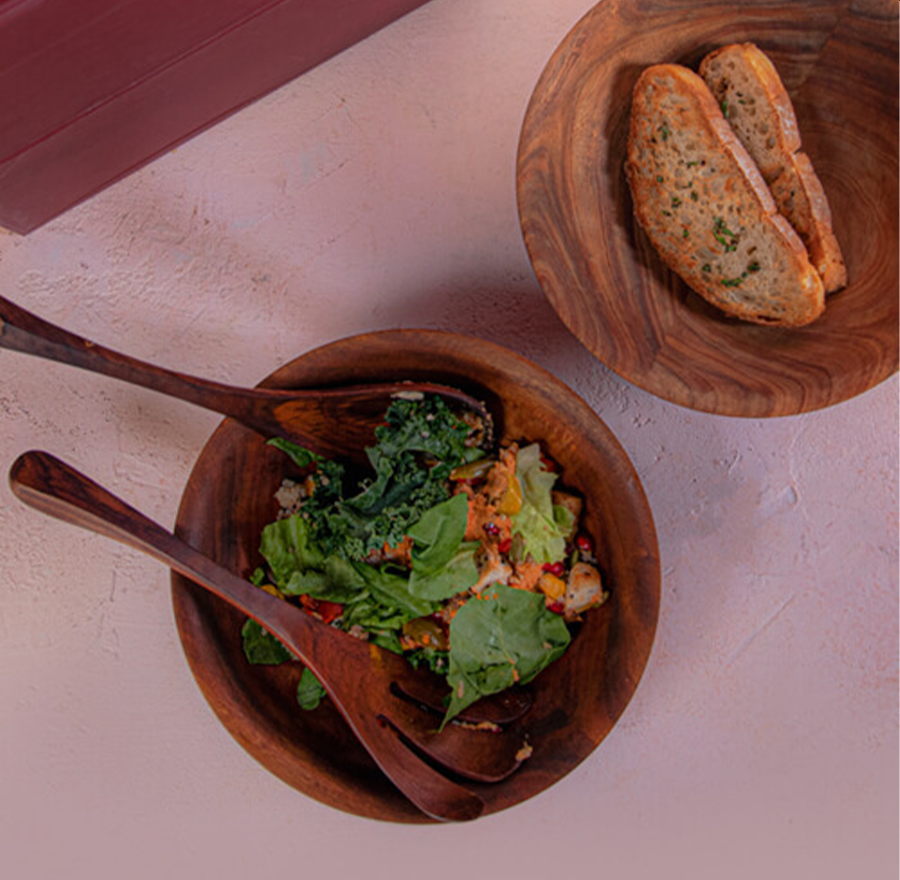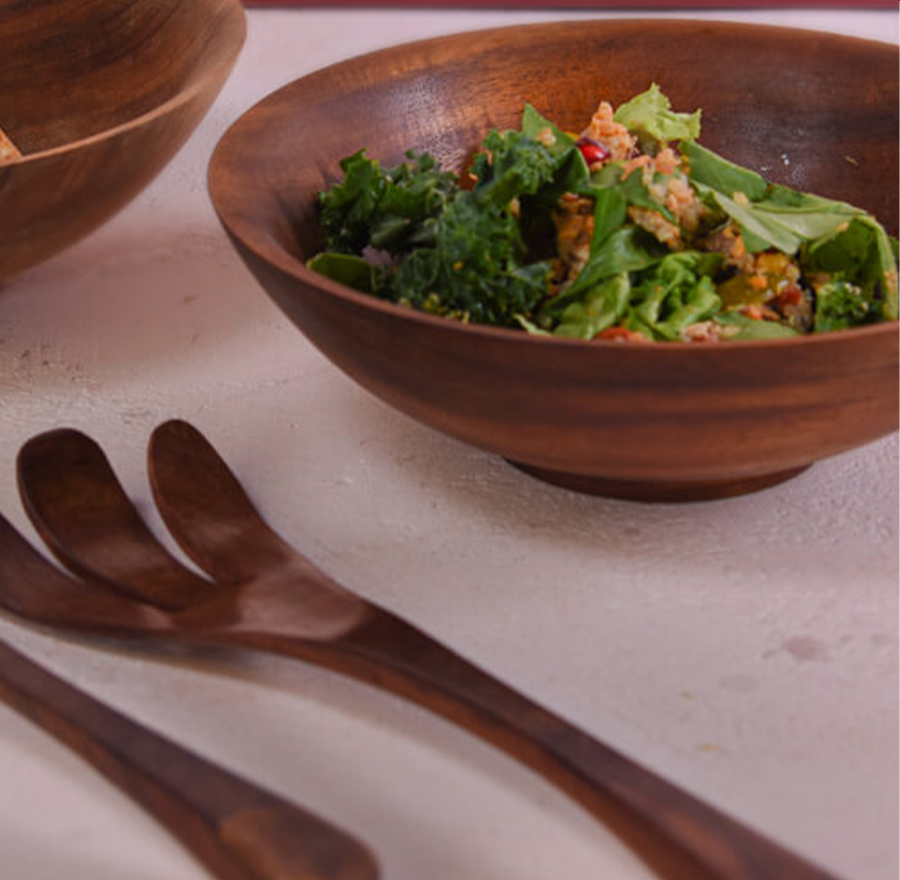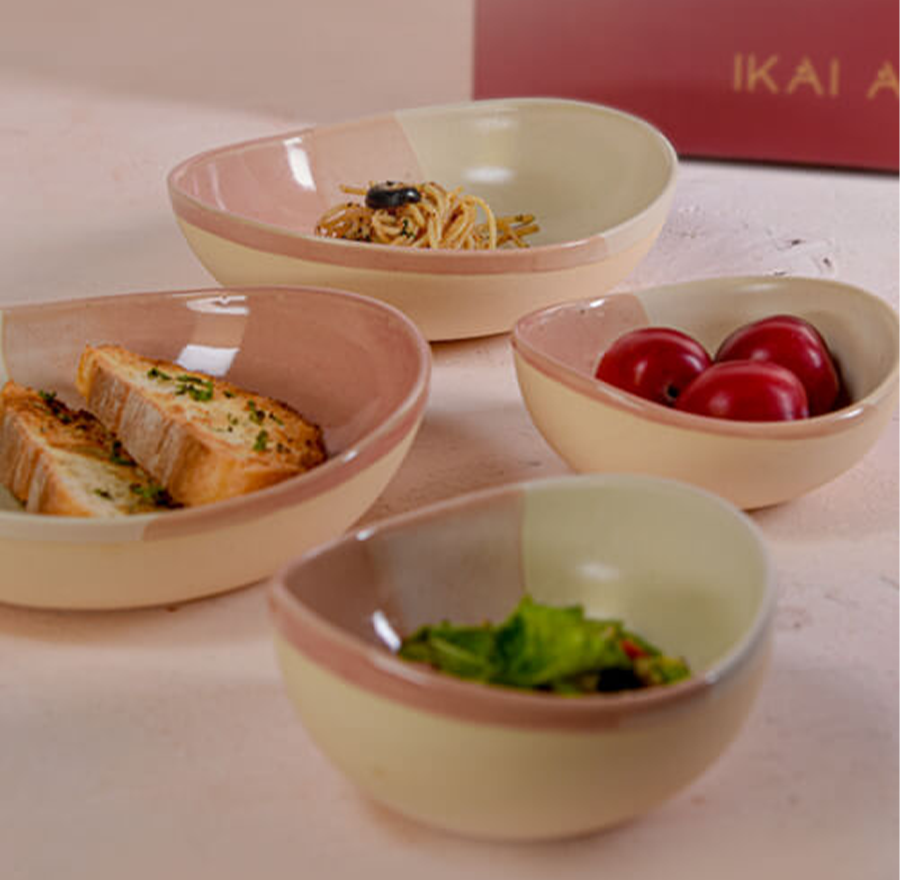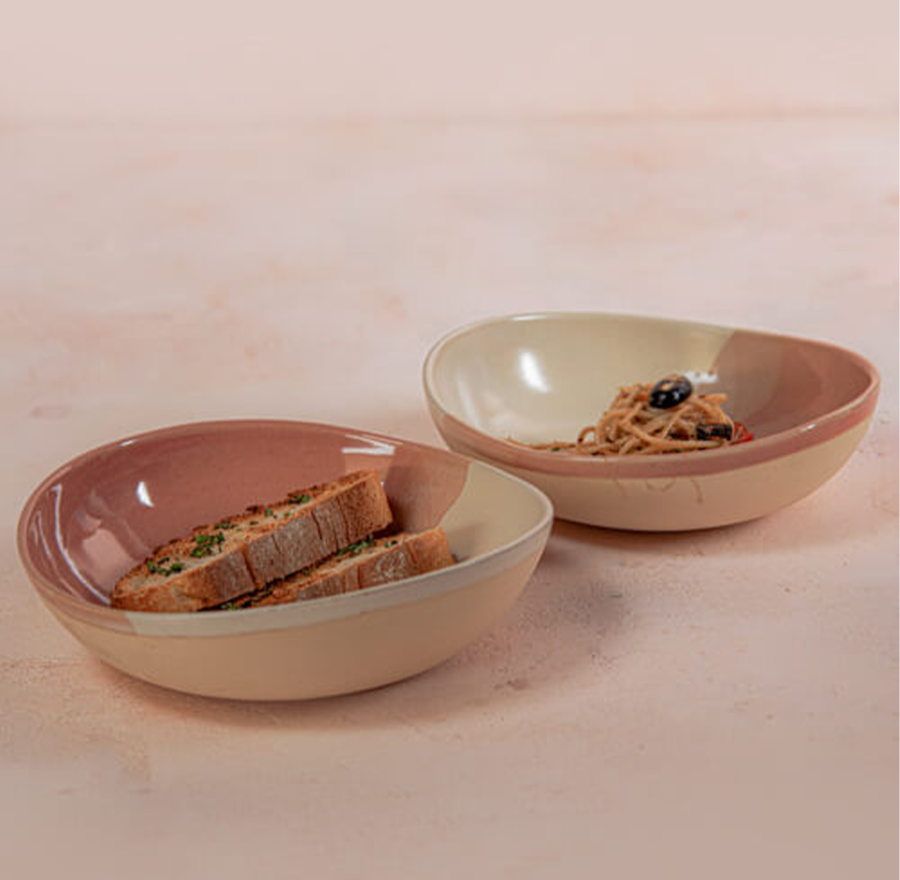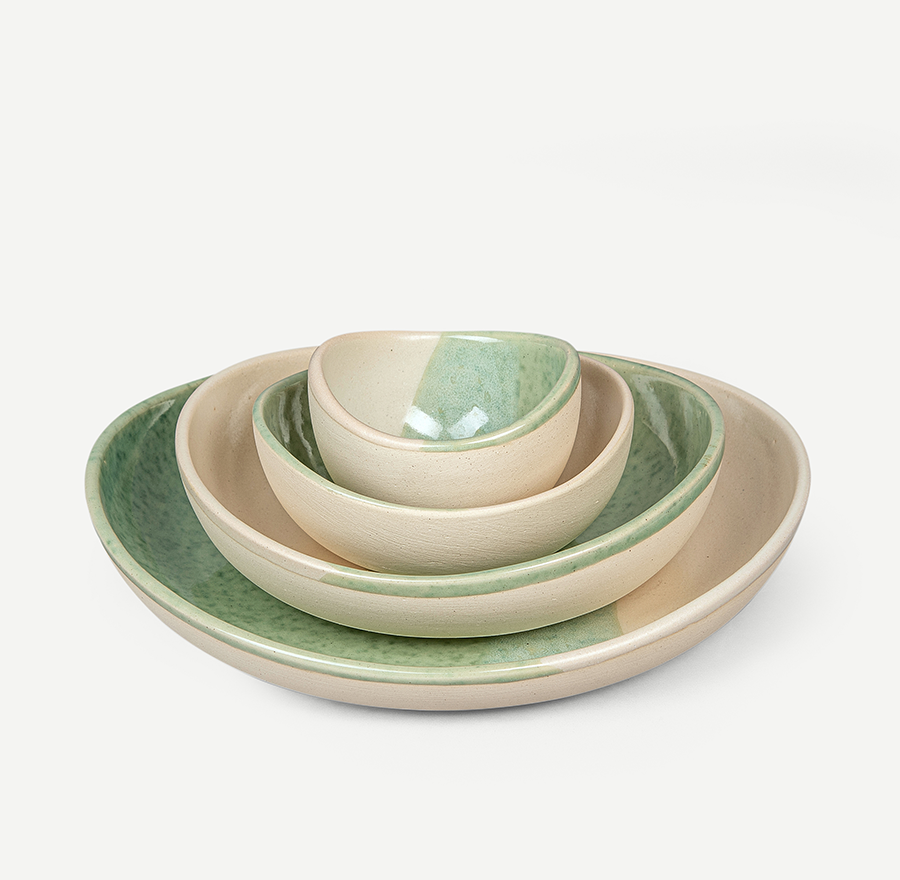TERROSA DINNER SET
For the effortless entertainer, a pairing of pastel ceramic bowls and plates, to greet your guests and celebrations through a simple yet classic table setting.
For the effortless entertainer, a pairing of pastel ceramic bowls and plates, to greet your guests and celebrations through a simple yet classic table setting.
Craft Type: Studio Pottery
Dating back to the Indus Valley Civilization, this art form is still extensively practiced in the Indian subcontinent, mainly to create large matkis (jars), kulhar cups and oil lamps. Mixing age-old beliefs with innovative techniques, our potters draw inspiration from Vandana Shiva -- the perfect union of the feminine and masculine energy -- to create vessels specifically designed to nestle comfortably into one another. Moreover, our ceramic collection is characterized by dipping only half of the piece into a coloured glaze, symbolizing the craving to find what completes you.
This product is handcrafted and slight variations in colours, textures and forms are to be expected.
Made in: Maharashtra
Material: Stoneware
Dimensions (cm): Dinner Plate: 18(L) x 18(B) x 13(H); Dia: 18
Quarter Plate: 22.3(L) x 22.3(B) x 1.7(H); Dia: 22.3
Bowl: 10.9(L) x 10.9(B) x 6(H); Dia: 10.9
Table Napkin: 41(L) x 41(B)
Dimensions (inches): Dinner Plate: 11.1(L) x 11.1(B) x 0.7(H); Dia: 11.1
Quarter Plate: 8.7(L) x 8.7(B) x 0.6(H); Dia: 8.7
Bowl: 4.2(L) x 4.2(B) x 2.3(H); Dia: 4.2
Table Napkin: 16.1(L) x 16.1(B)
No. of pieces in a set: 4, Two Plates, One bowl & One Napkin
Clay, a natural material, is used to make ceramic wares. It is kneaded and then thrown on a pottery wheel, where it is shaped by hand into this product. The clay product then goes through the process of bisque firing, glaze application, drying, and then glaze firing to make the final ceramic product.
Pottery in the Indian subcontinent has a long history — it has existed as a craft form for centuries. Evidence of earthenware has been found in the early settlements of Lahuradewa and later during the Indus Valley Civilization. Recent times have seen pottery taking on modern design sensibilities, aided by artists and potters that are breathing new life into the craft form. Studio pottery in India is said to have been started by Rabindranath Tagore in Shantiniketan, West Bengal. It further branched out into two styles, which developed in Delhi under Gurcharan Singh and in Pondicherry under Ray Meeker’s Golden Bridge Pottery.
- Wash by hand only, using a mild dishwashing soap. Dry using a soft towel or tissue. Avoid stacking pieces in the sink.
- While stacking for storage, consider using tissue in between ceramic pieces.
- This ceramic product is microwave-safe.
- Description
- Process & Craft
- Care
Craft Type: Studio Pottery
Dating back to the Indus Valley Civilization, this art form is still extensively practiced in the Indian subcontinent, mainly to create large matkis (jars), kulhar cups and oil lamps. Mixing age-old beliefs with innovative techniques, our potters draw inspiration from Vandana Shiva -- the perfect union of the feminine and masculine energy -- to create vessels specifically designed to nestle comfortably into one another. Moreover, our ceramic collection is characterized by dipping only half of the piece into a coloured glaze, symbolizing the craving to find what completes you.
This product is handcrafted and slight variations in colours, textures and forms are to be expected.
Made in: Maharashtra
Material: Stoneware
Dimensions (cm): Dinner Plate: 18(L) x 18(B) x 13(H); Dia: 18
Quarter Plate: 22.3(L) x 22.3(B) x 1.7(H); Dia: 22.3
Bowl: 10.9(L) x 10.9(B) x 6(H); Dia: 10.9
Table Napkin: 41(L) x 41(B)
Dimensions (inches): Dinner Plate: 11.1(L) x 11.1(B) x 0.7(H); Dia: 11.1
Quarter Plate: 8.7(L) x 8.7(B) x 0.6(H); Dia: 8.7
Bowl: 4.2(L) x 4.2(B) x 2.3(H); Dia: 4.2
Table Napkin: 16.1(L) x 16.1(B)
No. of pieces in a set: 4, Two Plates, One bowl & One Napkin
Clay, a natural material, is used to make ceramic wares. It is kneaded and then thrown on a pottery wheel, where it is shaped by hand into this product. The clay product then goes through the process of bisque firing, glaze application, drying, and then glaze firing to make the final ceramic product.
Pottery in the Indian subcontinent has a long history — it has existed as a craft form for centuries. Evidence of earthenware has been found in the early settlements of Lahuradewa and later during the Indus Valley Civilization. Recent times have seen pottery taking on modern design sensibilities, aided by artists and potters that are breathing new life into the craft form. Studio pottery in India is said to have been started by Rabindranath Tagore in Shantiniketan, West Bengal. It further branched out into two styles, which developed in Delhi under Gurcharan Singh and in Pondicherry under Ray Meeker’s Golden Bridge Pottery.
- Wash by hand only, using a mild dishwashing soap. Dry using a soft towel or tissue. Avoid stacking pieces in the sink.
- While stacking for storage, consider using tissue in between ceramic pieces.
- This ceramic product is microwave-safe.












